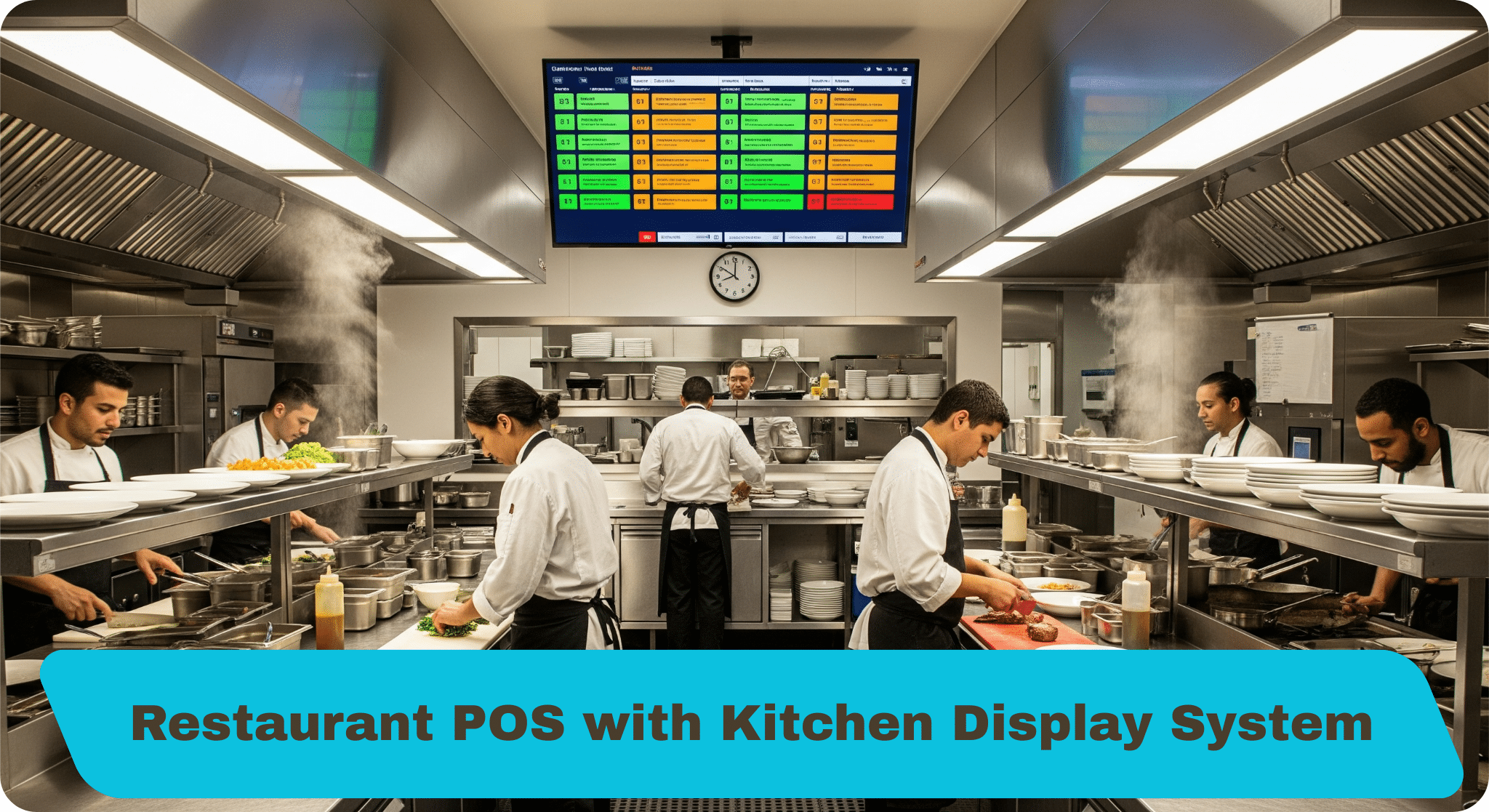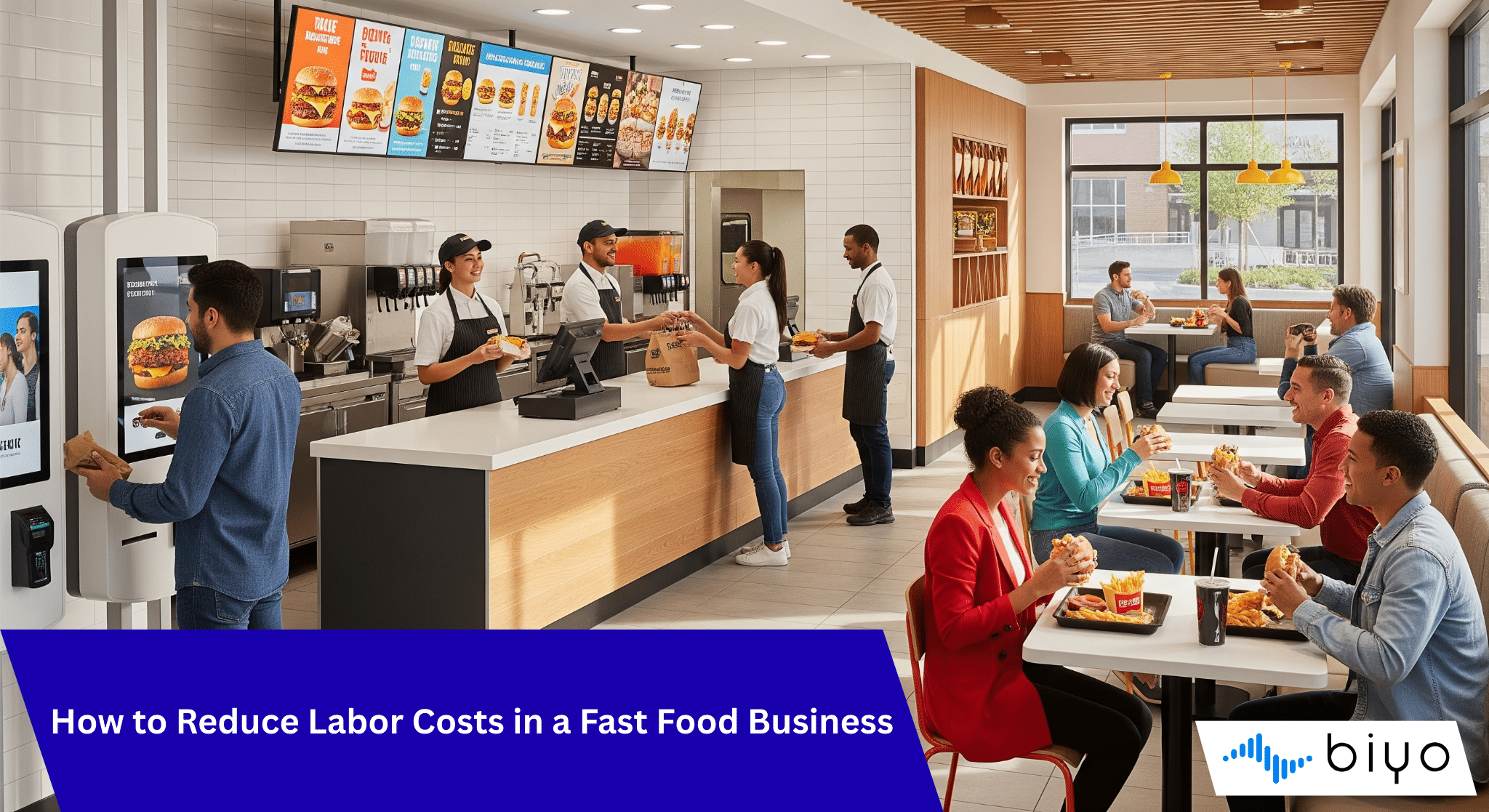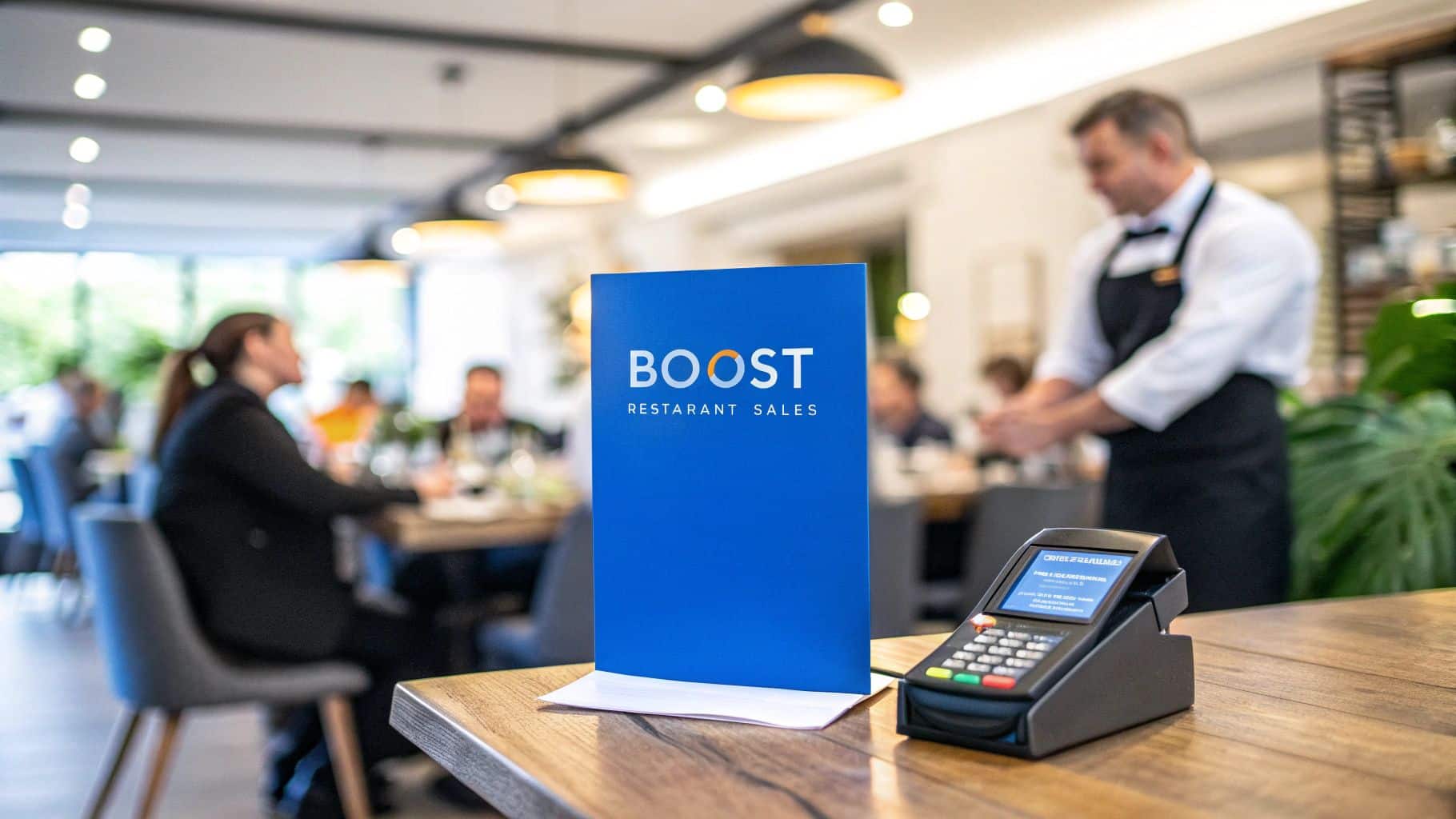The entrance of a restaurant is more than just a door; it’s the very first touchpoint of the guest experience. Guests begin forming opinions before they ever see the menu or meet the staff, and the right visual cues can set the stage for everything that follows. Among those cues, floral décor holds a special place. Flowers have been symbols of welcome, celebration, and refinement for centuries, and in hospitality, they remain unmatched when it comes to creating warmth and aesthetic charm. By exploring unique restaurant entrance floral arrangement ideas, restaurateurs can harness this timeless appeal to craft entrances that delight, inspire, and convert first-time visitors into loyal customers.
When a restaurant owner invests in floral décor, it signals attention to detail, creativity, and care for the overall guest journey. Floral arrangements don’t only beautify; they can strengthen branding, connect with local culture, and even provide share-worthy backdrops that help market the restaurant organically online. This article will dive deeply into strategies for choosing and implementing floral arrangements at the restaurant entrance — from seasonal blooms to luxury floral décor — ensuring your hospitality space shines as brightly outside as it does inside.
Table of Contents
- Seasonal Blooms for a Fresh and Dynamic Look
- Structural Arrangements That Make a Statement
- Modern and Minimalist Unique Restaurant Entrance Floral Arrangement Ideas
- Themed Arrangements for Restaurant Branding
- Luxury Floral Décor for High-End Restaurants
- How Biyo POS Supports Hospitality Innovation
- FAQ: Unique Restaurant Entrance Floral Arrangement Ideas
Seasonal Blooms for a Fresh and Dynamic Look
Flowers are inherently tied to seasons, and aligning your entrance décor with what’s naturally in bloom ensures freshness, affordability, and relevance. Guests often associate seasonal flowers with specific emotions — spring means renewal, summer symbolizes energy, autumn brings warmth, and winter conveys elegance. By updating arrangements with the seasons, restaurants can provide returning customers with a fresh visual experience and maintain a dynamic entrance year-round.
Spring Florals for Renewal
Spring is the season of rebirth, making it the perfect time to showcase floral designs that radiate freshness and optimism. Tulips, daffodils, cherry blossoms, and hyacinths are popular spring flowers that naturally embody these qualities. Imagine a restaurant entrance framed with fresh bouquets of tulips in tall planters, paired with hanging baskets overflowing with pansies. This creates an immediate sense of joy for arriving guests. For restaurants with glass doors, placing a floral wreath featuring pastel blooms like lilacs and ranunculus can enhance the welcoming ambiance. These choices signal that your restaurant values vibrancy and attention to seasonal detail.
From a branding perspective, spring floral arrangements can reinforce menu themes. A farm-to-table establishment could showcase rustic arrangements using wildflowers, aligning with its focus on natural freshness. Meanwhile, a fine dining restaurant might prefer delicate orchids mixed with greenery accents for a more refined aesthetic. These thoughtful details ensure the floral aesthetic design aligns seamlessly with the restaurant’s culinary identity.
Another practical advantage of spring florals is availability. Seasonal flowers are abundant and affordable, which means restaurants can refresh arrangements regularly without straining budgets. Guests will appreciate the effort, and even subtle changes like swapping daffodils for tulips keep the space feeling alive. This cyclical renewal echoes the rhythm of nature and establishes your restaurant as a place that evolves alongside it.
Summer Blooms for Vibrancy
Summer floral arrangements should capture energy, vibrancy, and warmth. Bold flowers like sunflowers, lilies, and hibiscus thrive during this season and immediately command attention. A restaurant entrance adorned with a floral archway built from roses and orchids creates not only a stunning focal point but also a social media-worthy backdrop. In today’s digital age, guests often post photos of eye-catching entryways, providing restaurants with free marketing that amplifies their brand visibility.
Hanging baskets are particularly effective in summer because they showcase cascading greenery and colorful blooms in a way that feels abundant yet organized. Placing them on either side of the entrance frames the doorway, giving symmetry and balance to the overall aesthetic. Potted plants like bougainvillea or geraniums add resilience since they can handle high temperatures while still producing vibrant colors. These arrangements ensure beauty without requiring constant replacement.
Restaurants that host outdoor dining during summer can extend the floral theme by placing centerpiece planters near patios. This continuity between entrance and seating area makes the guest experience feel cohesive. Every visual cue reinforces the idea that your restaurant is an oasis of vibrancy and joy during the sunny months, and guests will feel that energy before they even step inside.
Autumn and Winter Florals for Warmth
As the weather cools, floral designs should shift toward warmth, coziness, and texture. Autumn arrangements often incorporate marigolds, chrysanthemums, and ornamental kale. Using rustic baskets, wooden crates, or ceramic outdoor planters adds natural textures that complement the flowers. For instance, displaying centerpiece planters filled with orange and burgundy blooms against a wooden backdrop creates an inviting harvest-inspired look that resonates with the season’s themes of abundance and comfort.
Winter arrangements, on the other hand, call for sophistication and festivity. Evergreens, poinsettias, and white lilies work beautifully to create a festive yet elegant entrance. Restaurants can enhance the impact of these flowers by adding lighting features — such as fairy lights woven into wreaths or spotlights highlighting tall floral arrangements. These touches not only brighten the darker winter evenings but also extend hospitality before guests even cross the threshold.
For restaurants seeking a minimalist approach, winter arrangements can focus on sleek, monochrome palettes. For example, white roses paired with pine branches in a tall vase create an understated yet luxurious look. These minimalist arrangements emphasize refinement while maintaining the warmth and welcoming ambiance essential for hospitality floral décor. Together, autumn and winter flowers demonstrate how entrances can adapt to the mood of the season while keeping the restaurant’s aesthetic appealing and consistent.

Structural Arrangements That Make a Statement
While seasonal flowers add freshness, structural floral arrangements transform the entrance into an architectural feature. These designs move beyond bouquets into installations like arches, walls, and gardens that elevate the guest experience. They demand attention, invite interaction, and often serve as marketing tools because of their visual appeal. Investing in structural designs ensures your restaurant entrance communicates permanence, creativity, and brand confidence.
Floral Archways for a Grand Entrance
Floral archways create a sense of occasion the moment guests arrive. Whether crafted from roses, hydrangeas, or seasonal wildflowers, arches frame the entrance like a living piece of art. This structure signals that dining at your restaurant is not just a meal but an experience. Guests often stop to admire or photograph the archway, which extends your marketing reach organically through social sharing.
The versatility of floral archways allows restaurants to adapt them to their branding. A rustic-style bistro may design an archway with greenery accents, ivy, and wildflowers, while a high-end restaurant might prefer luxury floral décor featuring orchids and roses. Lighting is also crucial; by weaving in warm fairy lights or spotlighting specific blooms, the archway transforms into a glowing focal point after sunset, guiding guests toward an unforgettable dining experience.
From a practical perspective, archways can be built with a combination of fresh and preserved flowers to balance cost with longevity. This hybrid approach ensures that the structure remains vibrant over time without requiring daily replacement. Restaurateurs should view floral archways not just as décor but as investments that strengthen brand perception and create lasting memories for visitors.
Flower Walls for Instagram Appeal
In the era of social media, a flower wall at the entrance provides more than beauty — it creates an instant marketing asset. Guests love taking photos in front of vibrant, colorful backdrops, and restaurants that provide such opportunities gain free exposure every time a post is shared. For example, a patisserie might design a pastel flower wall with roses and peonies, while a sushi restaurant could create a minimalist cherry blossom wall. Each reinforces its brand identity while catering to guests’ desire for shareable experiences.
Flower walls can be designed in a variety of ways, from dense arrangements featuring colorful blooms to minimalist designs with carefully spaced exotic flowers. Restaurants can experiment with thematic colors that match menus or seasonal events. A Valentine’s Day flower wall with deep red roses creates romance, while spring pastel designs symbolize renewal. These themed arrangements ensure the wall remains relevant year-round.
Maintaining a flower wall does require planning. Fresh flowers create the most striking impact but require frequent replacement. To manage costs, many restaurants use high-quality silk flowers or preserved blooms, which provide longevity without losing appeal. By balancing authenticity and practicality, flower walls become a reliable and effective strategy for elevating both the floral aesthetic design and marketing power of your entrance.
Vertical Gardens for Natural Ambiance
Vertical gardens are one of the most innovative floral décor trends in modern hospitality. By arranging plants vertically on structures or walls, restaurants can maximize limited space while still delivering lush, vibrant entrances. These installations often combine greenery accents, seasonal flowers, and potted plants to create living walls that reflect sustainability and eco-consciousness. They send a strong signal to guests that the restaurant values nature and forward-thinking design.
Vertical gardens are highly customizable. Restaurants can opt for exotic flowers to create a luxurious, colorful effect, or rely on greenery like ferns and ivy for a more minimalist arrangement. For example, a fine dining venue may incorporate orchids for elegance, while a casual café could use herbs like rosemary or mint, reinforcing freshness and authenticity in both décor and cuisine.
Another benefit of vertical gardens is their functional impact. They improve air quality, reduce noise, and moderate temperatures around entrances. These subtle yet meaningful benefits enhance the guest experience from the very first step. By blending practicality with visual impact, vertical gardens stand out as one of the most unique restaurant entrance floral arrangement ideas available today.
Modern and Minimalist Unique Restaurant Entrance Floral Arrangement Ideas
Not all restaurants thrive on bold, elaborate arrangements. For establishments focused on modern branding, minimalist floral designs can be equally impactful. These arrangements emphasize simplicity, symmetry, and elegance, often using fewer flowers in carefully curated displays. Minimalism speaks to sophistication and allows the architecture and lighting of the entrance to shine without distraction.
Clean Lines with Greenery Accents
Modern floral design often begins with greenery accents rather than colorful blooms. Bamboo, eucalyptus, and ferns can be placed in sleek outdoor planters that emphasize verticality and clean lines. This style harmonizes with contemporary architecture, creating entrances that feel polished and professional. Guests immediately sense that the restaurant is modern, organized, and attentive to detail.
Symmetry plays a vital role in minimalist arrangements. For instance, a pair of identical centerpiece planters placed on either side of the entrance door creates balance and order. Using materials like concrete, steel, or glass for planter bases enhances the clean aesthetic. These subtle cues tell guests that the restaurant is deliberate in its design choices, which often translates into perceptions of high-quality service.
The beauty of minimalist arrangements lies in their restraint. By avoiding clutter and focusing on structure, restaurants communicate refinement. This approach also reduces maintenance since fewer flowers need replacing, making it both stylish and practical. For urban restaurants targeting young professionals, this type of floral ambiance is often the perfect fit.
Monochrome Floral Palettes
Monochrome floral designs are highly effective in making entrances memorable. Using one dominant color — such as white orchids, red roses, or lavender hydrangeas — creates drama and consistency. For example, an entrance lined entirely with white lilies evokes purity and elegance, making it ideal for a fine dining establishment. This focused approach emphasizes mood over variety, which can be more powerful than multi-colored displays.
Restaurants can align monochrome palettes with their brand identity. A Mediterranean restaurant might use blue and white arrangements to reflect coastal culture, while a wine-focused venue could choose burgundy and deep red flowers to echo its specialty. These consistent palettes strengthen brand recall and tie the floral décor directly to the dining theme.
Monochrome arrangements are also versatile when combined with lighting. Spotlights can enhance color intensity, while subtle uplighting creates shadows that make arrangements appear more dramatic. By balancing color, light, and structure, restaurants can achieve entrances that are simple yet unforgettable.
Luxury with Exotic Flowers
Exotic flowers are the crown jewels of minimalist design. Orchids, anthuriums, and birds of paradise add rarity and intrigue without requiring large quantities. Their unique shapes and striking colors naturally draw attention, meaning even a few stems can transform a simple arrangement into a statement of luxury. Restaurants that wish to convey exclusivity and sophistication often rely on these flowers for impact.
Placing exotic flowers in tall vases or sleek planters at the entrance allows them to serve as focal points. Pairing them with neutral greenery ensures the exotic blooms remain the stars of the design. For example, an arrangement featuring a few bright orchids in a black marble vase conveys both elegance and restraint, appealing to diners with refined tastes.
Exotic flowers also offer storytelling opportunities. A Southeast Asian restaurant could use orchids to highlight its cultural ties, while a Caribbean-inspired venue might showcase hibiscus. By using exotic blooms strategically, restaurants can reinforce authenticity, enhance luxury floral décor, and captivate guests from the very first impression.
Themed Arrangements for Restaurant Branding
Floral décor is more than just decoration; it’s a branding tool. By aligning floral arrangements with cuisine, culture, or brand themes, restaurants create entrances that tell stories. These themed designs resonate with guests on a deeper level, enhancing memorability and reinforcing identity. Themed arrangements also provide flexibility, as they can adapt to seasonal promotions, special events, or cultural celebrations.
Rustic Floral Themes
Rustic arrangements are particularly effective for farm-to-table restaurants and countryside-style cafés. Using wildflowers, sunflowers, and lavender arranged in wooden crates creates a cozy, authentic aesthetic. Adding dried elements like wheat stalks or herbs ties the décor to nature, reinforcing the connection between fresh ingredients and the dining experience. Guests feel transported into a homely, welcoming environment that emphasizes simplicity and authenticity.
The rustic theme also resonates with sustainability-conscious diners. Using locally sourced seasonal flowers reduces environmental impact while supporting regional growers. For example, a restaurant in the Midwest could feature local wildflowers in centerpiece planters, showcasing a commitment to community and eco-friendly practices. This thoughtful integration makes the décor not only beautiful but also meaningful.
Rustic floral themes are versatile across seasons. In autumn, arrangements can feature pumpkins and marigolds; in winter, pinecones and evergreen accents can replace them. This adaptability ensures the restaurant entrance always feels aligned with the natural environment while maintaining its rustic charm.
Luxury Fine Dining Themes
Fine dining restaurants often require floral arrangements that match the sophistication of their cuisine. Luxury floral décor involves curated combinations of roses, orchids, and lilies in symmetrical arrangements. For example, a grand pair of centerpiece planters filled with white roses at the entrance communicates elegance and exclusivity. Such arrangements reassure guests that they are entering a refined space where every detail matters.
Lighting is crucial for enhancing luxury themes. Spotlights can emphasize the arrangement’s symmetry, while candles or pathway lights add romance. Guests arriving at such an entrance immediately feel that they are about to embark on a premium experience. The visual cues elevate expectations before menus are even handed out.
Consistency is key. A luxury arrangement at the entrance should mirror the sophistication of interior décor. If a restaurant has minimalist interiors with modern art, the entrance should echo that tone rather than contradict it. This alignment ensures the guest journey feels cohesive and carefully orchestrated.
Cultural and Themed Arrangements
Cuisine-specific restaurants can enhance authenticity by incorporating floral arrangements tied to cultural traditions. A Japanese restaurant might highlight cherry blossoms and bamboo, while a Mexican establishment could showcase vibrant marigolds and colorful blooms often associated with celebrations like Día de los Muertos. These arrangements do more than beautify; they immerse guests in cultural storytelling before they even sit down.
Themed arrangements can also adapt to special events. For example, a Mediterranean restaurant might use olive branches and lavender during summer festivals, while a French patisserie could feature roses during Bastille Day. These rotating designs keep the entrance dynamic and encourage repeat visits, as guests look forward to how the restaurant expresses itself through seasonal cultural displays.
By connecting floral décor to cultural identity, restaurants differentiate themselves in crowded markets. Guests are more likely to remember a restaurant that offered them not only a meal but also an immersive cultural journey beginning at the entrance.
Luxury Floral Décor for High-End Restaurants
Restaurants catering to upscale audiences must deliver entrances that convey refinement, exclusivity, and luxury. Floral décor in these settings is never an afterthought; it is an extension of the premium dining experience. High-end arrangements often combine size, structure, and rarity, leaving no doubt about the restaurant’s positioning in the market.
Statement Centerpieces
Large floral centerpieces at the entrance act as bold declarations of sophistication. These arrangements often include exotic flowers paired with lush greenery, arranged in tall vases or marble planters. The grandeur of the display signals that guests are about to enter a space where quality and attention to detail reign supreme. For instance, a towering arrangement of orchids and birds of paradise communicates drama and exclusivity in ways smaller designs cannot.
Beyond their visual appeal, statement centerpieces can function as conversation starters. Guests often admire them, photograph them, and even inquire about the flowers used. This level of engagement strengthens the connection between the guest and the brand, reinforcing the restaurant’s luxury positioning.
Because of their size, these arrangements require professional floral designers for upkeep. However, the investment pays dividends by elevating the guest experience and solidifying the restaurant’s reputation as a high-end destination.
Floral Wreaths with Luxury Finishes
Wreaths are not limited to holidays. When designed with premium flowers and materials, they can serve as symbols of luxury throughout the year. A wreath made of orchids, roses, or preserved exotic flowers instantly enhances the sophistication of an entrance door. Adding accents such as velvet ribbons, gold detailing, or metallic textures further elevates the design into the realm of exclusivity.
Luxury wreaths also offer versatility for special events. For example, during a wine-pairing dinner, a wreath accented with grapevines and burgundy roses can reflect the theme. This detail ensures that every aspect of the guest journey, from décor to menu, feels coordinated and intentional.
Consistency in color and material choices ensures that luxury wreaths harmonize with both the restaurant’s exterior and interior design. This seamlessness enhances the perception of care and refinement, qualities essential for retaining high-end clientele.
Luxury Meets Minimalism
Luxury floral décor does not always mean extravagance. In some contexts, less is more. A minimalist arrangement featuring a few pristine orchids in a tall glass vase can convey just as much sophistication as a sprawling bouquet. The difference lies in the precision of design, the quality of the flowers, and the harmony with surrounding architecture. This approach is especially appealing to modern luxury restaurants that prioritize elegance and restraint over opulence.
By focusing on fewer elements with greater impact, minimalist luxury entrances also reduce maintenance needs. The simplicity allows guests to focus on the details — the curve of an orchid petal, the sheen of a polished vase, or the interplay of soft lighting. These subtle cues communicate exclusivity in an understated yet powerful way.
Guests who appreciate refined experiences are drawn to this type of entrance décor because it aligns with their lifestyle values. It demonstrates that luxury can be both understated and deeply impactful, making it a perfect fit for contemporary high-end hospitality spaces.

How Biyo POS Supports Hospitality Innovation
While floral décor plays a vital role in shaping first impressions, operational excellence ensures that those impressions translate into lasting loyalty. Biyo POS provides restaurant owners with the technology to match the sophistication of their design choices. From seamless order management to integrated payment processing and advanced reporting, Biyo POS empowers restaurants to deliver exceptional service at every stage of the guest journey. Just as unique restaurant entrance floral arrangement ideas create a welcoming ambiance, Biyo POS ensures the behind-the-scenes operations run smoothly and efficiently. Together, these elements position restaurants to thrive in both aesthetics and performance. Visit Biyo POS to explore how innovation and design can work hand in hand.
FAQ: Unique Restaurant Entrance Floral Arrangement Ideas
What flowers work best for restaurant entrances?
Seasonal flowers such as tulips, daffodils, and cherry blossoms work beautifully in spring, while sunflowers, lilies, and hibiscus bring vibrancy in summer. For autumn, chrysanthemums and marigolds add warmth, and during winter, evergreens and poinsettias create festive charm. Choosing seasonal flowers ensures freshness, affordability, and cultural relevance, making them the best option for dynamic restaurant entrances.
How can I make my restaurant entrance floral design unique?
To stand out, move beyond simple bouquets and embrace structural designs like floral archways, vertical gardens, or flower walls. These installations double as architectural features and create Instagram-worthy moments that guests love to share. By combining seasonal flowers with thoughtful structures, your restaurant entrance becomes a visual statement that sets you apart in a crowded market.
Do floral arrangements require high maintenance?
Fresh flowers require regular care, but strategies like mixing preserved flowers with live ones, using hardy potted plants, or opting for vertical gardens reduce maintenance demands. High-quality silk flowers can also be used in installations like flower walls, providing longevity while maintaining visual impact. With the right planning, you can achieve stunning designs without overwhelming upkeep.
Can floral arrangements help with branding?
Absolutely. Floral arrangements aligned with your restaurant’s theme or cuisine reinforce brand storytelling. A Japanese restaurant might use cherry blossoms, while a rustic café could rely on wildflowers and lavender. These thematic designs strengthen authenticity, deepen guest connections, and make your restaurant more memorable.
What’s the best balance between luxury and simplicity?
The ideal balance depends on your audience and brand. Luxury doesn’t always mean extravagant; sometimes minimalist arrangements with exotic flowers like orchids or monochrome palettes create the most powerful impact. By aligning floral décor with your restaurant’s identity and guest expectations, you can achieve a refined balance that feels authentic and elegant.




